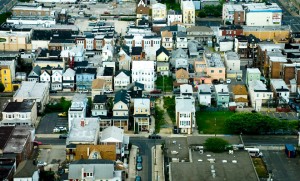Built Out but Still Growing
Geographic patterns in building permit activity can offer insights into underlying macroeconomic forces that are influencing people’s residential location decisions. They provide a preview into what types of places will be gaining population in the coming years.
The issuance of a building permit is the first step in the process of constructing a new building, or rehabilitating an existing one. As such, building permit activity serves as a leading indicator of construction activity, which is itself a leading indicator of population change.
With the decade of the 2000s drawing to a close, we now have 10 years’ worth of building permit data – 2000 through 2009 – to summarize and compare with the previous decade (1990 through 1999). The comparison reveals several interesting trends that are worthy of closer inspection:
- Building permit activity increased significantly in the 2000s in municipalities that have already developed most or all of their developable land; a change in New Jersey’s building code at the end of the previous decade that made redevelopment easier is likely a major contributing factor to this increase.
- Construction activity in these same locations has not been affected as adversely as the rest of the state by the recession of the late 2000s.
- The issuance of permits for multi-family housing became much more geographically widespread in the 2000s as compared to the previous decade.
Download report:
Built Out but Still Growing (PDF)
Download the companion table (PDF), detailing building permit activity by town.












